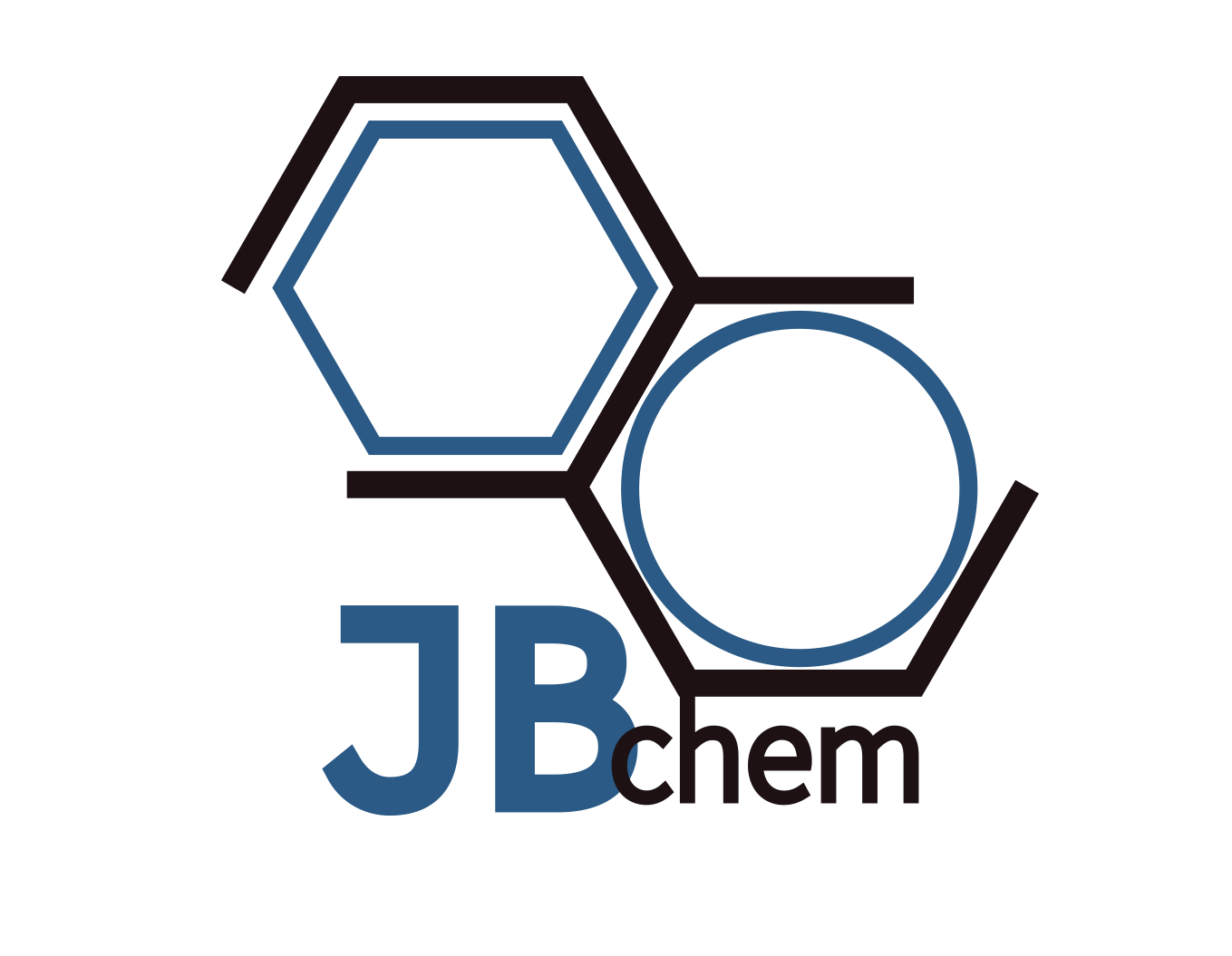Product Properties
Molybdenum (Mo) nanopowder/nanoparticles (nm & um)
Size | Type | Particle size(nm) | Purity (%) | Specific surface area(m2/g) | Bulk density(g/cm3) | Polymorphs | Color |
nm | JB-Mo-001 | 30 | >99.9 | 55 | 16 | spherical | purple |
sub um | JB-Mo-002 | 700 | >99.9 | 600 | 3 | spherical | gray |
Custom | Acccording to customers requirment. (30-800nm etc) | ||||||
Molybdenum (Mo) Nanopowder Main Feature
Due to its nanoparticulate form, Mo nanopowder has a significantly high surface area compared to bulk molybdenum materials. This high surface area makes it extremely reactive and provides excellent catalytic properties. Nanoscale materials often exhibit improved strength, hardness, and wear resistance. Mo nanopowder is no exception, offering enhanced mechanical properties that are valuable in coatings and composites.Molybdenum has a high melting point, and this characteristic is retained in its nanopowder form, making it suitable for high-temperature applications, including as additives in high-temperature alloys and in thermal sprays.The nanopowder form of molybdenum can exhibit improved electrical and thermal conductivity due to its unique nanostructure. This makes it an attractive option for electronic applications and thermal management solutions.
Molybdenum (Mo) Nanopowder Applications
Catalysts: Due to its high surface area and active sites, molybdenum nanopowder serves as an efficient catalyst in chemical reactions, including hydrogenation, desulfurization, and other petrochemical processes. It facilitates faster and more efficient chemical reactions, making it invaluable in industrial processes aiming for high productivity and lower environmental impact.
Energy Storage and Conversion: In the realm of energy, Mo nanopowder contributes to the development of high-performance batteries and supercapacitors. Its electrical conductivity and stability enhance the electrode materials, leading to devices with higher energy density, faster charging times, and longer lifecycles. Additionally, it’s being explored in hydrogen production through water splitting as a cost-effective and efficient catalyst.
Electronics: The excellent electrical conductivity and high melting point of molybdenum nanopowder make it suitable for use in electronic components and devices. It’s utilized in the manufacture of semiconductors, thin-film transistors, and other components where its properties can improve efficiency, durability, and miniaturization.
Coatings: Applying coatings made with molybdenum nanopowder to surfaces can significantly improve their wear resistance, corrosion resistance, and thermal stability. These coatings are critical in extending the life and performance of tools, engine parts, and other components in industrial and mechanical systems.

